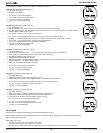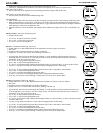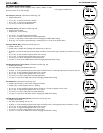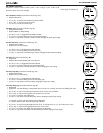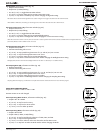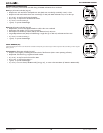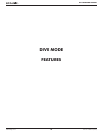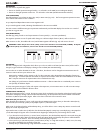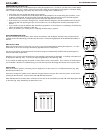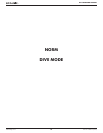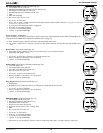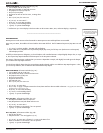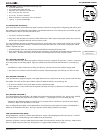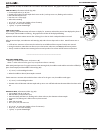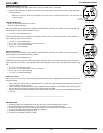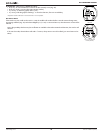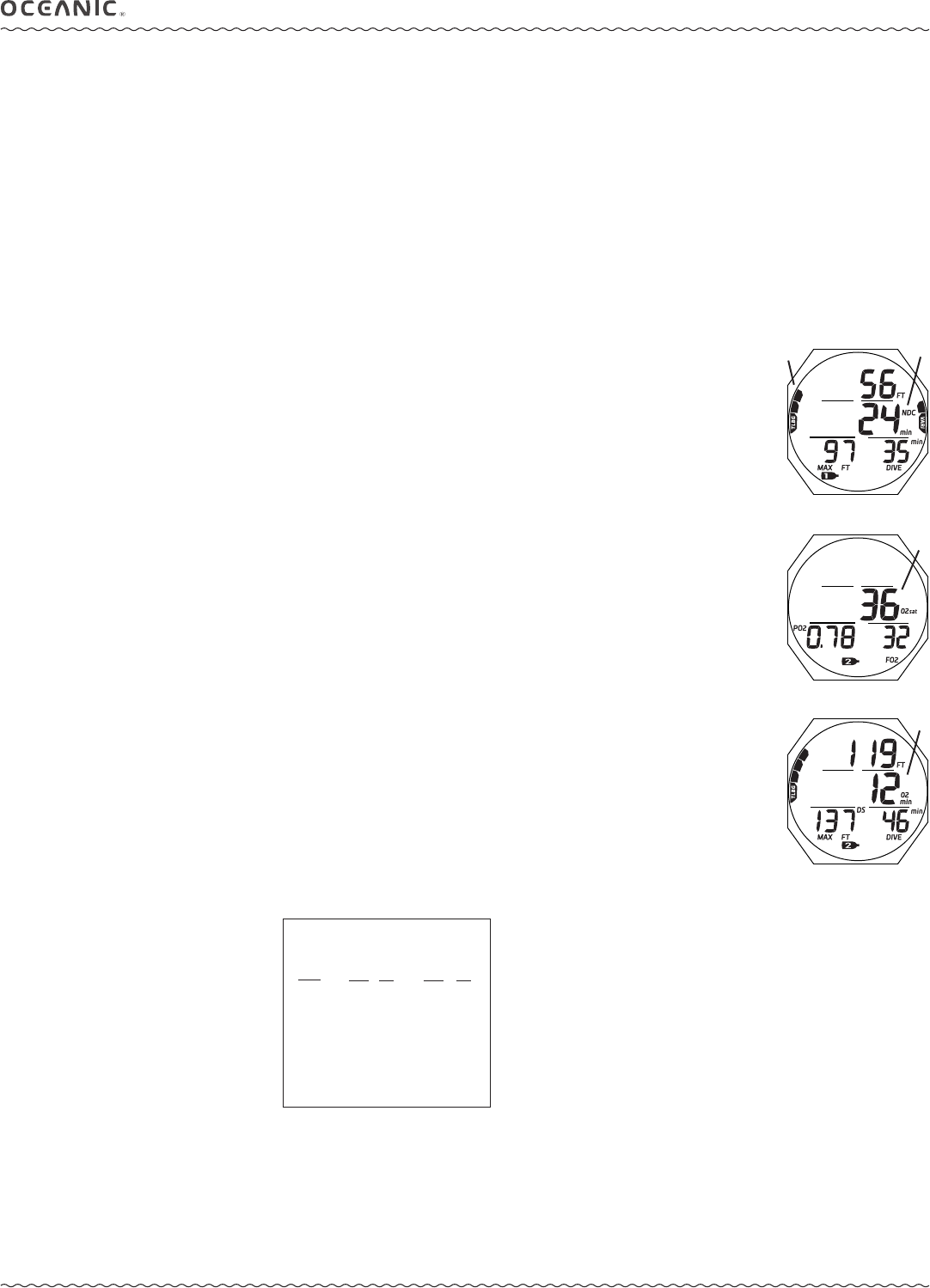
26
OCL OPERATING MANUAL
© 2002 Design, 2014 Doc. No. 12-5378-r01 (4/9/15)
SAFETY STOP (SS), No Deco only
Upon ascent to within 5 FT (1.5 M) deeper than the Safety Stop Depth set for 1 second on a No Deco dive in which Depth
exceeded 30 FT (9 M) for 1 second, a beep will sound and a Safety Stop at the Depth set will appear on the Main display
with a countdown beginning at the Safety Stop Time set and counting down to 0:00 (min:sec).
• If the Safety Stop was set OFF, the display will not appear.
• In the event that you descend 10 FT (3 M) deeper than the Stop Depth for 10 seconds during the countdown, or the
countdown reaches 0:00, the No Deco Main screen will replace the Safety Stop Main screen which will reappear
upon ascent to within 5 FT (1.5 M) deeper than the Safety Stop Depth set for 1 second.
• In the event that you enter Deco during the dive, complete the Deco obligation, then descend below 30 FT (9 M); the
Safety Stop Main will appear again upon ascent to within 5 FT (1.5 M) deeper than the Safety Stop Depth set for 1
second.
• If you ascend 2 FT (0.6 M) shallower than the Safety Stop Depth for 10 seconds prior to completing it, the Safety Stop
will be canceled for the remainder of that dive.
• There is no Penalty if you surface prior to completing the Safety Stop or ignore it.
DIVE TIME REMAINING (DTR)
The OCL constantly monitors No Deco status and O2 Accumulation, and will display whichever Time is the least amount
available as Dive Time Remaining on the No Deco Dive Main. The Time being displayed will be identied by the NDC or
O2 icon.
NDC (No Deco DTR)
NDC is the maximum amount of time that you can stay at your present Depth before entering Decompression. It is calcu-
lated based on the amount of nitrogen absorbed by hypothetical tissue compartments.
The rates each of these compartments absorb and release nitrogen is mathematically modeled and compared against a
maximum allowable nitrogen level.
Whichever one is closest to this maximum level is the controlling compartment for that Depth. Its resulting value (NDC) will
be displayed as DTR (Fig. 64a). It will also be displayed graphically as the TLBG (Fig. 64b).
As you ascend, the TLBG segments will recede as control shifts to slower compartments. This is a feature of the decompres-
sion model that is the basis for multilevel diving, one of the most important advantages that Oceanic dive computers offer.
OTR (O2 DTR)
When set for Nitrox operation, O2 during a dive is displayed on an ALT screen as a % of allowed saturation (Fig. 65a)
identied by the O2sat icon.
The limit for O2 exposure (100%) is set at 300 OTU (oxygen tolerance units) per dive or 24 hour period. As time before
reaching the limit decreases, % O2 increases and OTR (O2 DTR) decreases.
When OTR becomes less than the NDC, calculations for the dive will be controlled by O2 and OTR will be displayed as DTR
on the Main (Fig. 66a), identied by the O2 and min icons.
b
Fig. 64 - NO DECO MAIN
a
a
Fig. 65 - NO DECO ALT 2
a
Fig. 66 - NO DECO MAIN
PO2
(ATA)
0.60
0.70
0.80
0.90
1.00
1.10
1.20
1.30
1.40
1.50
1.60
Max Duration
Single Exposure
(min) (hr)
720 12.0
570 9.5
450 7.5
360 6.0
300 5.0
240 4.0
210 3.5
180 3.0
150 2.5
120 2.0
45 .75
Max Total Duration
24 Hour Day
(min) (hr)
720 12.0
570 9.5
450 7.5
360 6.0
300 5.0
270 4.5
240 4.0
210 3.5
180 3.0
180 3.0
150 2.0
OXYGEN EXPOSURE LIMITS
(from NOAA Diving Manual)



